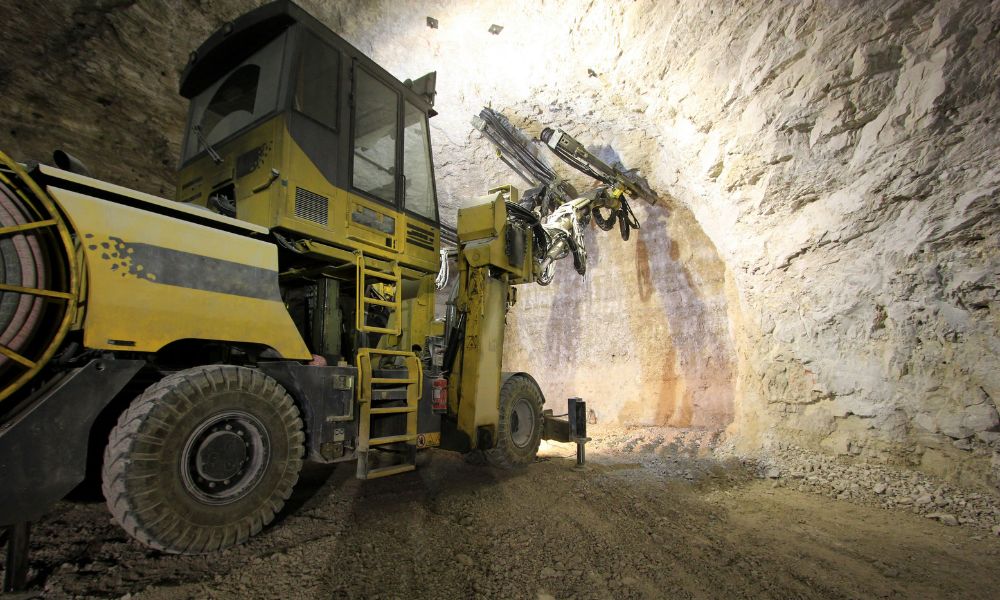A few intricacies in remote and on-site mining make each of them unique, with certain advantages and disadvantages. In addition to these pros and cons, there are also differences when it comes to remote and on-site mining process optimization, so upgrades aren’t as simple as you may want them to be. By gaining a deeper understanding of these two methods of optimization, you can make the right decision on which approach is best for your operation’s requirements.
Remote vs. On-Site Monitoring
Remote mining process optimization involves harnessing advanced technology and cutting-edge software to monitor and meticulously analyze a vast array of data points in mining from a distance. This data includes:
- Real-time sensor readings
- Production metrics
- Equipment performance indicators
This enables the fine-tuning of mining operations remotely, maximizing efficiency and productivity while minimizing downtime and costly disruptions.
On the other hand, on-site mining process optimization requires a physical presence at the mine site, allowing for hands-on involvement in the day-to-day operations. This physical presence makes it easier to conduct regular inspections, collaborate with the mining team, and implement immediate adjustments. By being at the worksite, mining experts can proactively identify potential bottlenecks, address equipment issues promptly, and ensure that everyone meticulously follows operational procedures.
Real-Time Data
With remote optimization, you gain the remarkable ability to access real-time data from multiple sites without the need for physical proximity, resulting in significant time and resource savings. This advanced capability allows you to effortlessly monitor and analyze data from various locations simultaneously. As a result, you can make informed decisions and promptly respond to changes. By harnessing the power of remote optimization, you can effectively streamline operations, enhance efficiency, and maximize productivity across your entire network.
Hands-On Control
On-site mining process optimization provides a valuable advantage through direct, hands-on control and immediate response to any challenges or issues that may arise. This approach paves the way for operational efficiency, as well as in-depth analyses and adjustments that make productivity easy.
By closely monitoring and fine-tuning the mining processes at the work site, organizations can achieve greater precision, adaptability, and continuous improvement. If you optimize your on-site mining process properly, you’ll see long-term success in the mining industry.
Operation Size
Remote optimization is suitable for larger operations that encompass multiple mining sites. The ability to monitor and analyze data remotely can yield immense benefits, such as improved efficiency, reduced costs, and enhanced safety protocols. This approach provides a comprehensive overview of the operations and allows for quick decision-making based on real-time information.
On-site optimization may be more suitable for smaller-scale mines that require a greater level of physical presence and supervision. With on-site optimization, there’s a closer proximity to the mining activities, allowing for immediate response to any issues or challenges that may arise. This hands-on approach ensures a higher level of control and direct oversight over operations. This oversight is crucial for maintaining productivity and quality in smaller mining operations.
The ability to discern and appreciate the nuances between remote and on-site mining process optimization is paramount for any mining operation striving for a competitive edge. By selecting the most suitable approach for your specific needs, you can unlock the potential for unparalleled efficiency. If you want to embrace mining process optimization, let Bull Powertrain help with all the Kessler off-highway parts you need. Work with us to make optimization for your mining operation easy.

